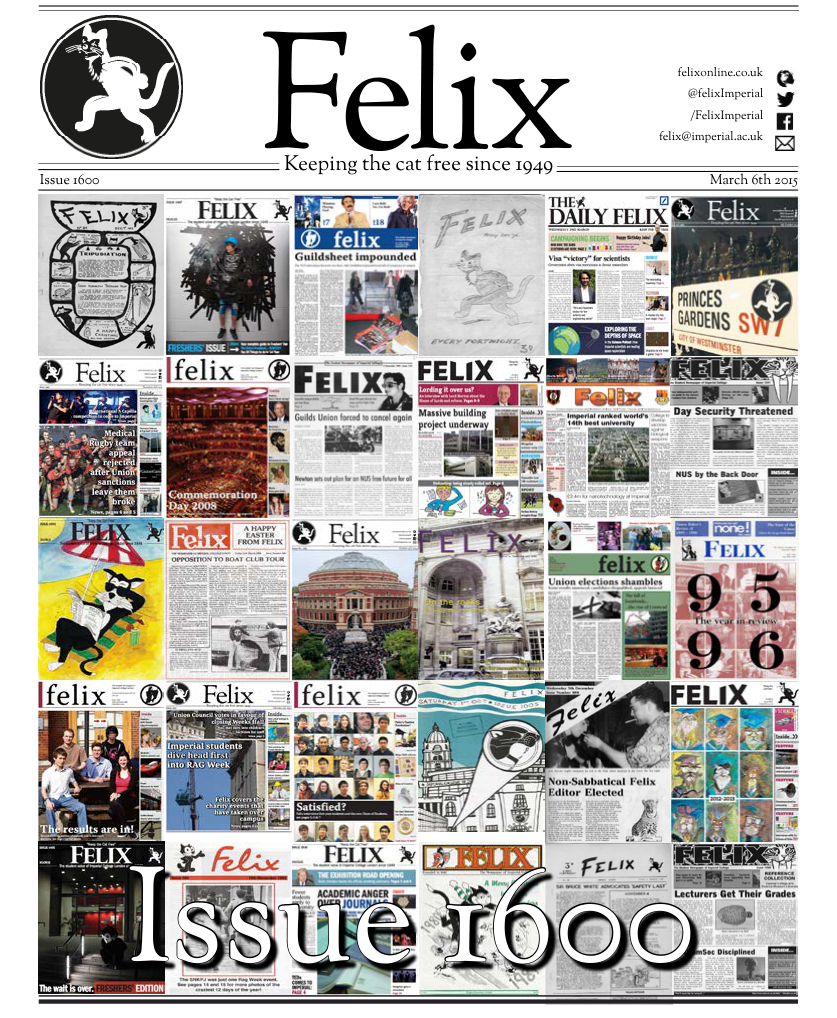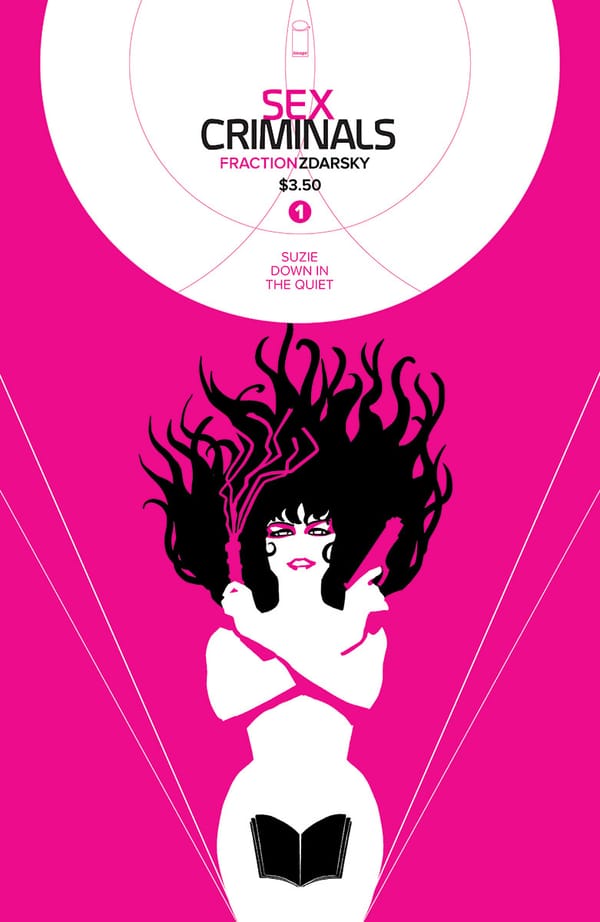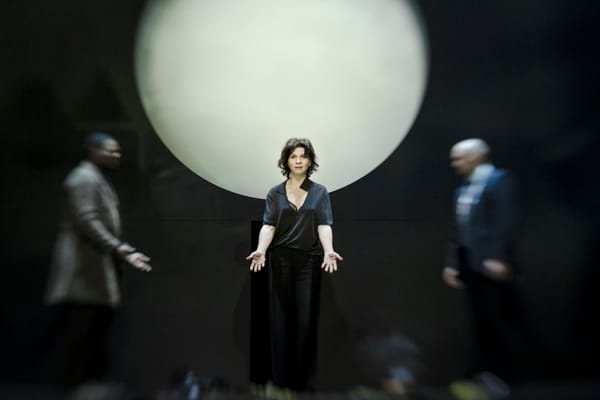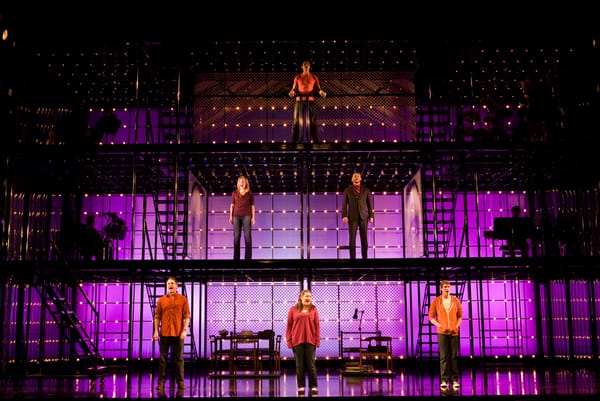Goya’s Grotesques: The Image and the Fury
Fred Fyles is horrified and awed by this display of Goya’s lost album
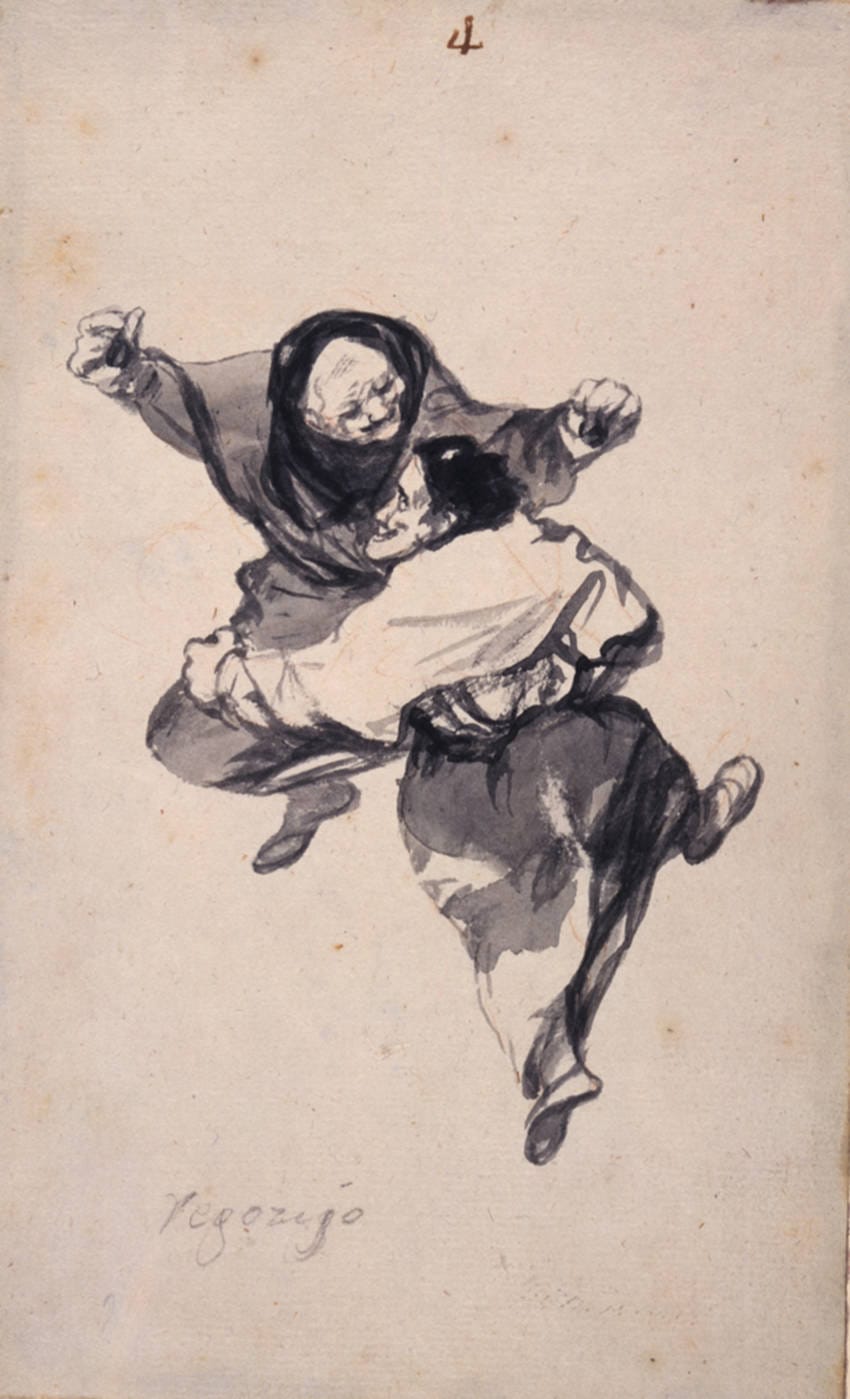
Rarely has there been a painter who represents the darkest recesses of humanity more skillfully than Spanish artist Francisco Goya. Making his living as a court painter for the latter half of the 18th Century, it wasn’t until 1793, whilst recuperating from a disease that would leave him permanently deaf, that he began to paint the violently disturbing scenes for which he is best known today. Saturn Devouring His Son; The Sleep of Reason Produces Monsters; the entire _The Disasters of War _series; all of these are deeply unsettling visions of the blackness fundamental to human nature, and it is for these, more than for his masterful court scenes, that he is most celebrated today.
As part of his convalescence, he began painting a series of private albums; these works contained neither preparatory sketches nor a diary of what he saw, but instead acted as a record of thoughts, dreams, and fantasies – they were, in other words, fundamentally private. However, whatever qualms one may have about prying into another’s personal work is swiftly quashed by the sheer magnificence of The Courtauld Gallery’s latest exhibition. In an astonishing feat of curatorial adventuring, Juliet Wilson-Bareau, one of the world’s leading Goya experts, has brought together all the extant drawings from a single one of Goya’s albums, presenting it - for the first time - as a complete whole.
Goya’s work is humanistic, conveying all the joy and misery of our lives
The result is nothing short of magnificent. The_ Witches and Old Woman _Album - not a name chosen by Goya, but rather by art historians, thanks to its themes and subject matter - is a collection of 22 works of watercolour and ink, whose small size belies the emotional power they hold. Some are grotesque, such as Unholy union, in which a grinning figure, clad in a flamenco-style dress, carries away a snake-bound man; others are pitiful, like Can’t go on any longer at the age of 98, whose central, ancient figure shuffles forward, back bent double, supported by two worn sticks. While Goya may not have been particularly favourable in his portrayal of the elderly, with a penchant for wizened crones and toothless hags, his work is unmistakably humanistic, conveying all the joy and misery of life.
This duality is reflected in his rising and falling figures, a popular feature of his work – in Regozijo (Mirth), two figures are shown suspended on an expanse of white paper, seemingly floating. One figure, who appears to be a man, although nothing is certain in these works, stretches his arms out to his sides, while the other gazes up, her legs akimbo and her mouth twisted into an exaggerated underbite. They follow the themes explored in his earlier set of prints Los Caprichos, a selection of which are presented in an anteroom in an effort to give historical context which is interesting, albeit unnecessary: the _Witches and Old Wome_n album is strong enough to stand up on its own.
Goya’s work in this album repeatedly returns to a number of key themes. Chief among these is nightmares: Goya draws a direct link between dreaming and the grotesque, bringing to mind Freud’s saying that ‘dreams are the royal roads to the unconscious’. Some, like He wakes up kicking and I can hear snoring, directly allude to the process of sleeping and waking, while in others the contents are so horrific that we have little choice but to conclude - or perhaps hope - that they must be the products of bad dreams.
One such example is Wicked woman, which truly is the most unsettling image in the whole gallery – a witch, whose face resembles nothing more than a skull, over which skin seems to be merely draped, grasps at a baby, its spine twisted, intent on feasting. These are all nightmares. It is as if Goya were gripped by a malarial fever dream, ink pot in hand, consumed by the desire to record his unholy visions. The blank space that surrounds most of the figures, which are isolated in the centre of the page, only reinforces this off-kilter, nightmarish quality, conveying a sense of supreme loneliness.
While the paintings themselves are magnificent, what is truly inspiring is the skill with which the curators have assembled the pages of the album, which have been scattered across the globe. Furthermore, expert analysis has allowed the original order to be deciphered, knowledge which had previously been lost thanks to heavy-handed cropping of the images, which led to the numbers denoting the progression being removed.
What is truly inspiring is the skill with which the curators have assembled the album
Berlin, New York, Paris; these pictures have travelled a long way to be here, and to have them assembled in a single room is breathtaking, allowing us to take in the full breadth of skill on display in Goya’s work.
With a deft use of little more than black ink, washes of watercolour, and a razor, Goya has conjured up some of the more profoundly affecting drawings I have had the privilege of laying eyes on. A combination of the figurative and the abstract, these pictures, which range from the supremely delicate to the unapologetically bold, simply cement Goya’s already-solid reputation as a fundamental bridge between the romantic and the modern. I am thankful to the Courtauld Gallery, and particularly to the efforts of Wilson-Bareau, for assembling the _Witches and Old Women _album, and allowing us to experience the full, magnificent, terrifying glory of Goya’s darkest visions.
_Goya: The Witches and Old Women Album is on at The Courtauld Gallery until 25th May. Tickets £7.50 adults; £3 students. _


